How to prevent cryptocoryne melt
Introduction
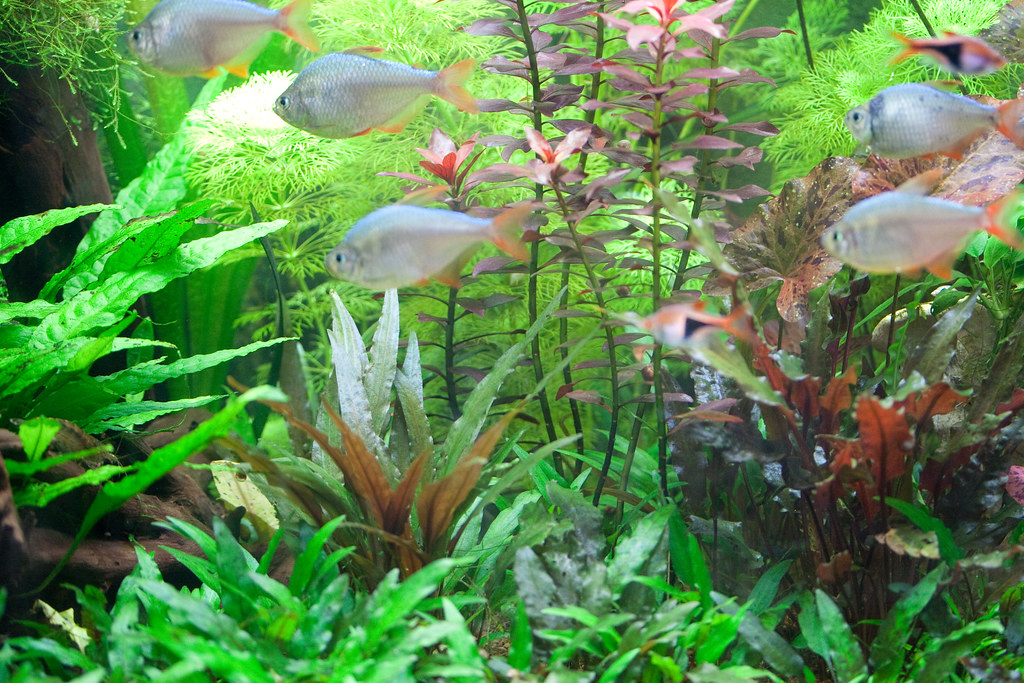
Understanding Cryptocoryne Melt
Cryptocoryne melt is a term that describes the sudden decay or "melting" of Cryptocoryne plants in an aquarium setting. Observing plants melting can be alarming, as it often occurs without immediate, obvious reasons. This condition is typically triggered by significant changes in the plant's environment, including shifts in water chemistry, temperature, and lighting. Identifying the signs early is critical for mitigating potential damage and salvaging the plant.
The question of aquarium plants melting is not unique to Cryptocorynes but can affect various species under stress. Factors such as transplant shock, inadequate lighting, or unsuitable water conditions can all lead to this distressing phenomenon. Recognizing the early signs of melt, including yellowing or translucent leaves, allows for quick intervention to correct the underlying issues and restore plant health.
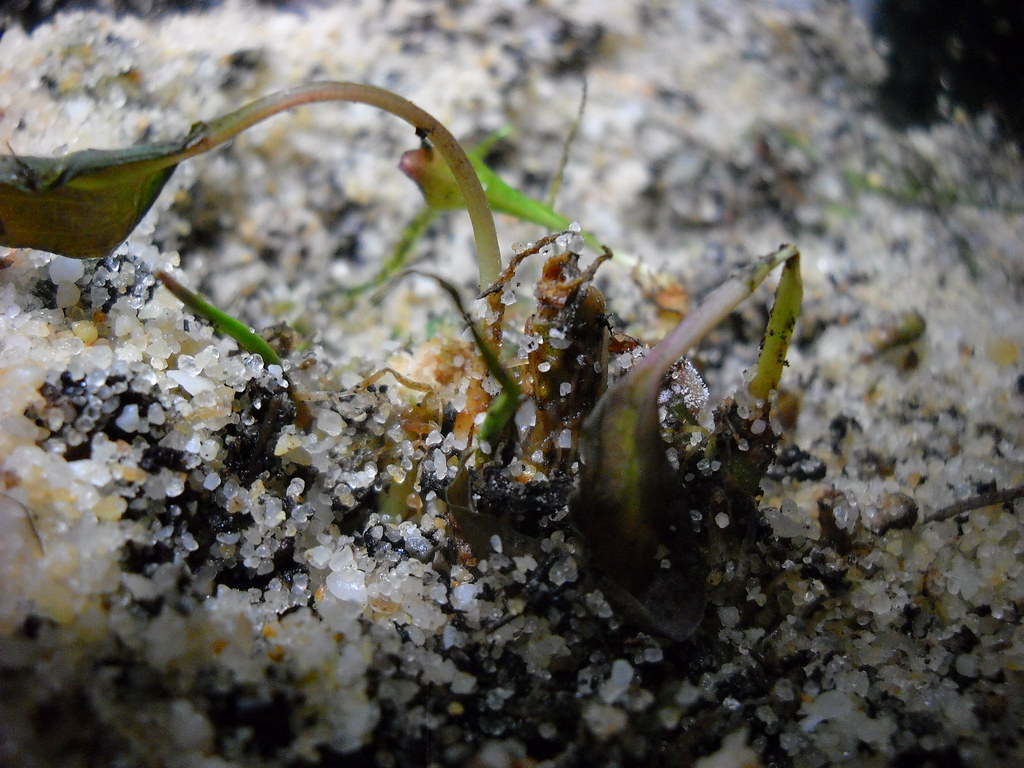
Importance of Stable Water Conditions
Achieving and maintaining stable water conditions is essential to prevent Cryptocoryne and other aquarium plants from melting. Cryptocorynes thrive in environments where water parameters remain consistent. Sudden changes in pH, temperature, or hardness can stress the plants, making them more susceptible to melt. Regular monitoring and gradual adjustments are key to maintaining an optimal environment for these sensitive plants.
Stability in the aquarium not only supports the health of Cryptocoryne plants but also enhances the overall ecosystem's resilience. Fluctuations in water quality can lead to stressed plants, manifesting as melting aquarium plants. Implementing a routine for testing water parameters and making adjustments as necessary can significantly reduce the incidence of Cryptocoryne melt, contributing to a healthier, more stable aquarium.
The Role of Substrate in Cryptocoryne Health
Selecting the right substrate is critical for the health and stability of Cryptocoryne plants in the aquarium. A nutrient-rich substrate that closely mimics their natural habitat can significantly reduce the risk of aquarium plants melting. It supports robust root development and overall plant health, providing a solid foundation for growth and resilience against environmental stresses.
Conversely, an unsuitable substrate can be a contributing factor to the problem of melting aquarium plants. Inadequate or nutrient-deficient substrates can stress Cryptocoryne plants, making them more prone to melt. Ensuring that your aquarium's substrate meets the specific needs of your Cryptocoryne plants is an essential step in creating a thriving aquatic environment, free from the risk of plant melt.
Lighting Requirements for Cryptocoryne
Proper lighting is essential for the health of Cryptocoryne plants in aquarium tanks. While Crypts generally adapt to a range of lighting conditions, too little light can slow their growth, and too much can encourage algae competition. Finding the right balance helps ensure that Crypts remain healthy and vibrant, minimizing stress that could lead to melt. This balance also supports new growth, which is crucial during the transition period following planting or environmental changes.
Excessive light can lead to algae overgrowth, which competes with aquatic plants for nutrients and light, potentially overshadowing Crypts and other plants in the tank. Implementing a lighting schedule that mimics natural daylight patterns can help manage algae growth while promoting healthy development and new growth in Crypts. Observing how your Crypts respond to lighting changes is key to finding their ideal conditions.
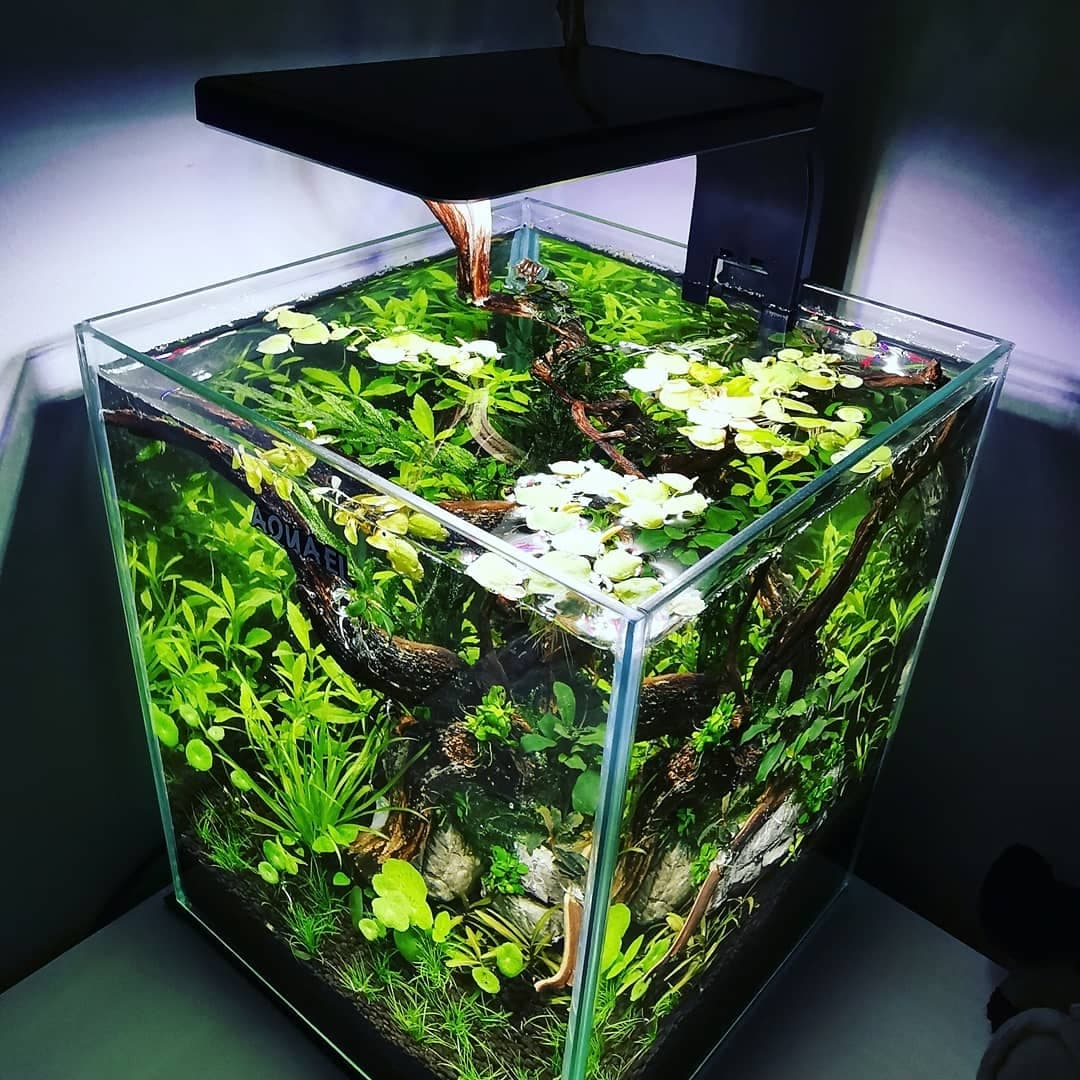
Nutrient Balance and Fertilization
Nutrients play a crucial role in the growth and health of Crypts in tanks. An imbalance, whether excess or deficiency, can cause plants to melt or hinder their development. Ensuring that Crypts and other plants have access to the necessary nutrients without encouraging excessive algae growth is a delicate balance. This includes nutrients absorbed through the roots and those available in the water column.
Fertilization should be approached with care, especially during the transition period when Crypts, such as Cry wendtii, are most vulnerable. New growth often indicates that the plants have successfully acclimated and are beginning to utilize available nutrients efficiently. Observing leaf development and root health can guide adjustments in fertilisation, ensuring Crypts receive optimal nutrient levels without promoting algae proliferation.
CO2 Supplementation
CO2 supplementation can significantly benefit Crypts and other aquatic plants in the tank, encouraging lush new growth and vibrant leaf coloration. While not always necessary, adding CO2 can help Crypts outcompete algae for nutrients and light, creating a more balanced aquatic environment. However, it's important to monitor CO2 levels closely, as too much can harm tank inhabitants and too little may not provide the desired growth benefits.
The addition of CO2 should be considered as part of a broader strategy that includes regular maintenance and monitoring of nutrient levels. For Crypts experiencing a transition period, CO2 can support stronger roots and healthier new growth. It's also beneficial to introduce CO2 gradually to avoid shocking plants and to use it as a tool to weave a new thread of vitality through your aquatic garden, rather than relying on it as a sole solution for plant health.
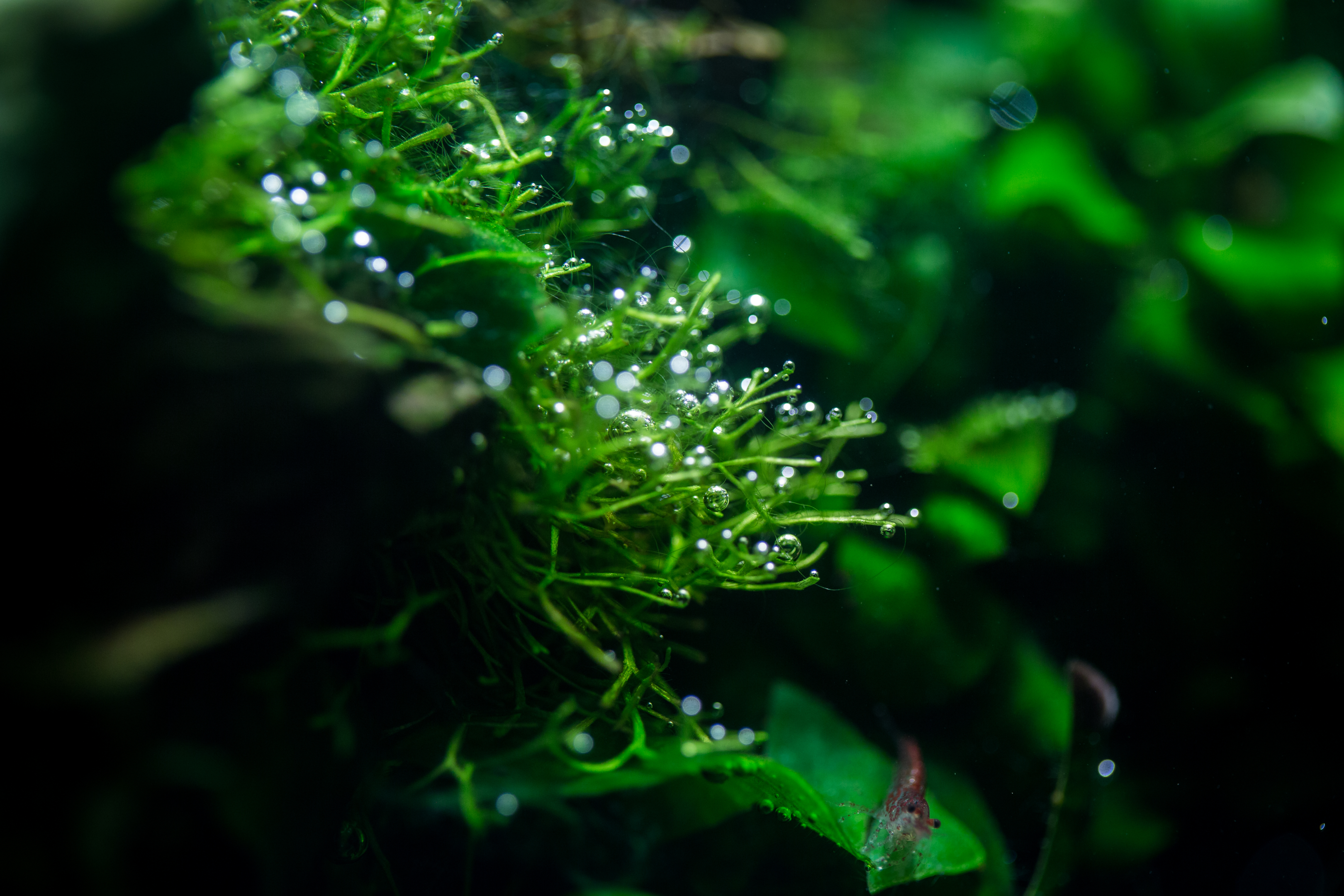
Aquarium Maintenance Practices
Regular maintenance is key to sustaining a thriving environment for Crypts and other aquatic plants in tanks. This includes tasks such as trimming older thread-like algae, cleaning substrate to prevent the buildup of decayed plant matter, and ensuring filters are functioning properly to keep water clear of excess nutrients. Such practices help maintain the balance of the aquatic ecosystem, reducing stress on Crypts and promoting new growth.
Additionally, water changes help manage nutrient levels and remove algae spores, contributing to the overall health of Crypts and other plants. Effective maintenance routines create an environment where Crypts can develop strong roots and vibrant leaves, becoming resilient against conditions that could lead to melt. Observing aquatic plants during maintenance activities offers insights into their health and any adjustments needed in their care.
Acclimatisation and Quarantine of New Plants
Introducing new Crypts or other aquatic plants to your tank requires careful acclimatization and, in some cases, quarantine. This new thread in your aquatic garden's tapestry should weave in seamlessly, minimizing the risk of introducing pathogens that could harm existing plants. Quarantine allows for the observation of new growth and ensures that plants are free of pests and diseases before joining the main tank.
The acclimatisation process is crucial for Crypts, especially during the sensitive transition period. Gradually adjusting new plants to the water conditions of your tank helps prevent shock, reducing the likelihood of Crypts melting. This period also allows roots to adapt and strengthen, setting the stage for healthy new growth and integration with established aquatic plants.
Dealing with Cryptocoryne Melt
When faced with Cryptocoryne melt, immediate action can help salvage affected plants and prevent the condition from spreading. Removing melting leaves and stems encourages the plant to focus energy on new growth, potentially recovering more quickly. It's also crucial to assess and adjust environmental factors such as light, nutrients, and water conditions, as these often contribute to plants melting.
Supportive care during this time can include enhancing filtration to remove decaying organic matter, which lowers water quality and benefits algae over Crypts. Observing the tank closely for changes in plant health and algae growth, along with regular testing of water parameters, helps identify the underlying causes of melt. This proactive approach allows for timely interventions, nurturing Crypts back to health and ensuring the aquatic ecosystem's balance is restored.
Preventive Measures and Monitoring
Implementing preventive measures is crucial for maintaining the health of Crypts and ensuring the stability of aquatic plants in tanks. Regular monitoring of water parameters, including nutrients and pH levels, can prevent conditions that favor algae growth over plant health. Establishing a consistent maintenance routine helps detect potential issues early, allowing for adjustments before plants experience significant stress or melt.
Encouraging strong roots and new growth in Crypts involves more than just reacting to problems; it includes proactive steps such as selecting compatible tank mates that do not disturb the substrate or plants, using high-quality water conditioners to remove harmful chemicals, and ensuring a balanced diet for aquatic life that minimises excess waste. By focusing on creating an optimal environment from the start, aquarium keepers can weave a new thread of resilience throughout their aquatic landscape.
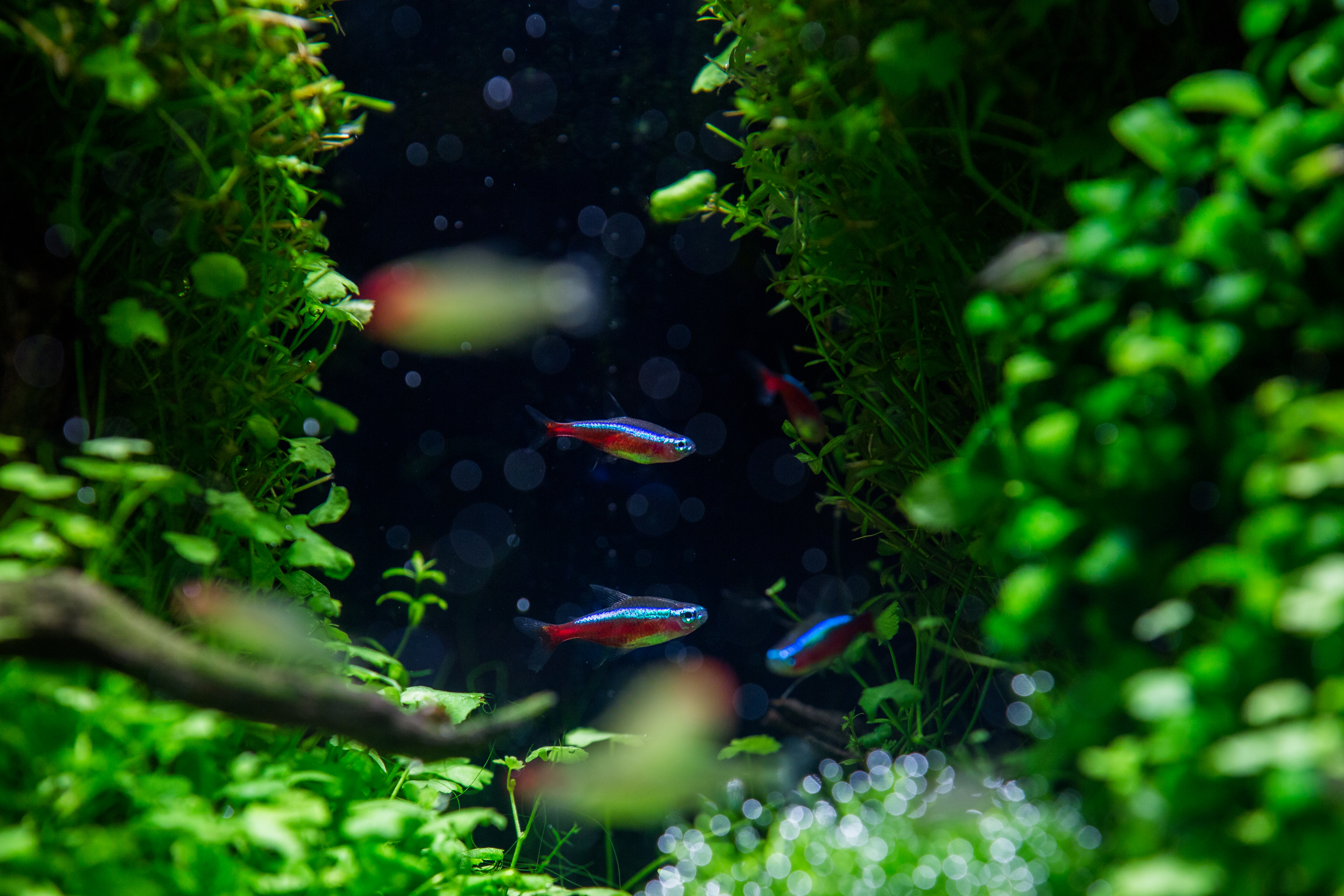
Conclusion
Preventing Cryptocoryne melt requires a comprehensive approach that addresses the various factors contributing to plant stress and degradation. By maintaining stable water conditions, providing appropriate light and nutrients, and ensuring Crypts are properly acclimatised and monitored, aquarium enthusiasts can significantly reduce the risk of plant melt. Remember, healthy aquatic plants contribute to a balanced tank ecosystem, deterring algae growth and supporting the wellbeing of all tank inhabitants.
Ultimately, the key to success lies in regular observation and care, allowing aquarium keepers to respond to the first signs of trouble swiftly. With patience and diligence, Crypts can thrive, becoming a centerpiece of beauty and health in your aquarium. Embrace the journey of learning and adaptation, and enjoy the rewards of a vibrant aquatic garden teeming with life and new growth.



